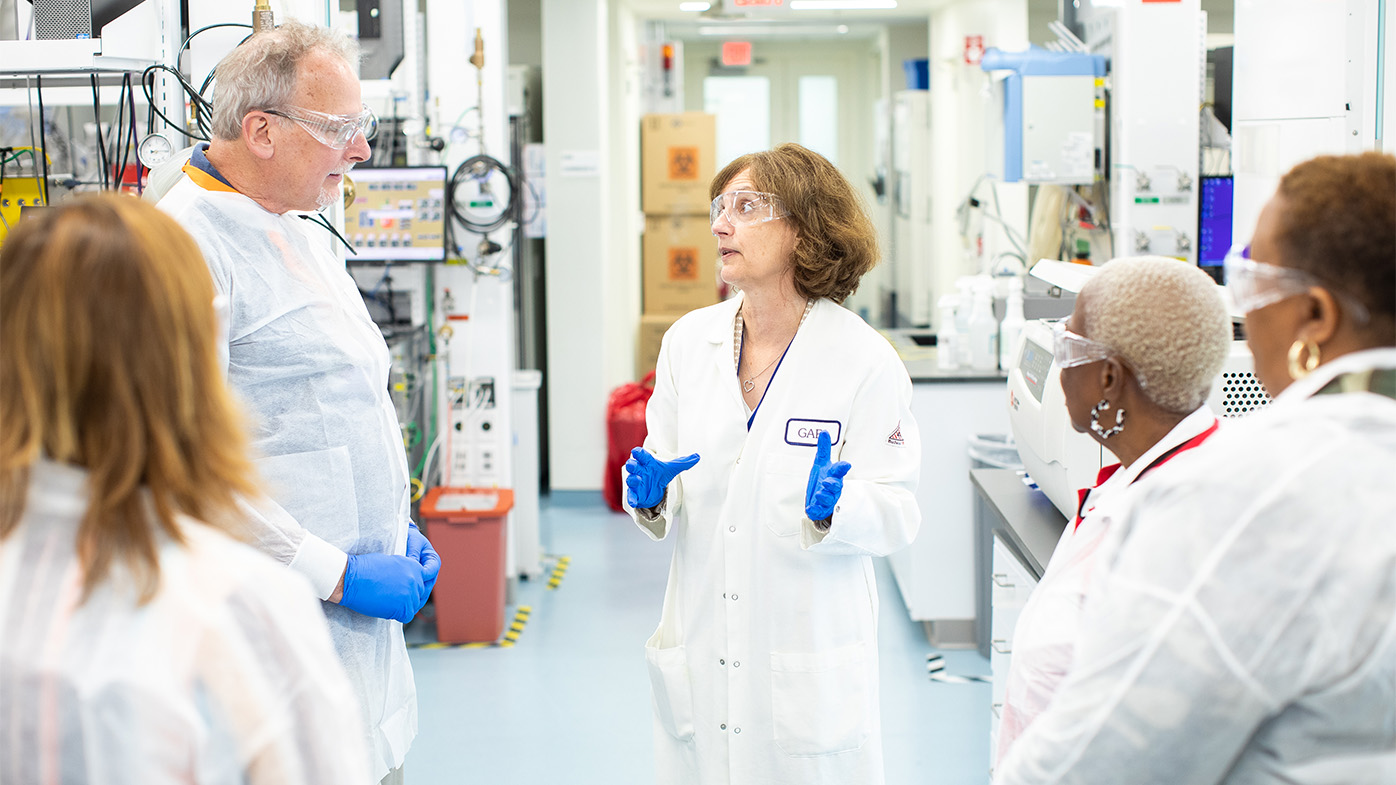Collaborations drive change
March marks an important time to raise awareness around an often devastating disease — multiple myeloma. For those impacted by this incurable cancer, Multiple Myeloma Action Month represents a significant initiative to encourage individuals and groups to take action to positively impact change.
Multiple myeloma is a rare type of blood cancer formed by abnormal plasma cells that typically originates in the bone marrow. Although not considered a common cancer, it is the second most common form of blood cancer in the U.S., with more than 34,000 new cases estimated to be diagnosed in 2021. Just last year, more than 175,000 people were diagnosed with multiple myeloma worldwide.
Despite advances in treatment, multiple myeloma remains a disease characterized by periods of remission and relapse. An astonishing amount of progress has been made over the past two decades in its treatment. There are now a number of new therapies that work to treat every stage of the disease. Research is focusing on better ways to understand the disease biology of multiple myeloma to pinpoint new and different ways to approach treatment.
“Research, collaboration and commitment are the fuel that drives change,” said Jennifer Hopwood, vice president, Worldwide Multiple Myeloma Commercialization. “Bristol Myers Squibb has been pushing the boundaries and transforming standards of care in close partnership with the best minds in the field in multiple myeloma for nearly 25 years.”
Bristol Myers Squibb has worked alongside researchers, medical centers, patients, advocate groups, regulatory agencies and key partners to understand patients’ needs and provide treatment options from newly diagnosed to relapsed and refractory disease. This collaborative approach has helped Bristol Myers Squibb conduct important research, which has led to the development of additional therapies for multiple myeloma patients.
Innovation renews hope
Updated treatment approaches and new technologies have the potential to advance patient care and renew hope among the entire multiple myeloma community.
For example, concentrating on genomic methods to segment patients with multiple myeloma by prognosis and expected response to therapy is leading to the development of more personalized and targeted treatment. To complement these initiatives, it is important that technologies be developed that help to enable earlier diagnoses and better interactions between patients, physicians and treatment centers throughout a patient’s treatment process.
These types of advances are the result of a dedicated community of like-minded scientists, healthcare professionals, companies and patient advocacy groups working together for one common goal — giving multiple myeloma patients the best possible care.
However, much more work is afoot.
“Bristol Myers Squibb’s work will not be complete until multiple myeloma is eradicated,” said Reed McClung, vice president, U.S. Multiple Myeloma Marketing, Hematology. “Until then, we will work tirelessly to broaden the impact of our multiple myeloma therapies with a singular vision — improved outcomes for all patients with multiple myeloma.”
Research is accelerating
With a clear view of what the future could hold, Bristol Myers Squibb’s transformational work and research continues with passion and urgency.
New compounds, combination regimens and technologies are actively being explored in many multiple myeloma clinical trials. Further, Bristol Myers Squibb has sponsored the largest multiple myeloma patient registry, Connect® MM, which now includes data from more than 3,000 patients.
The company has also created the largest set of molecular and clinical data in multiple myeloma through the Myeloma Genome Project, enabling the company to identify novel, molecularly defined high-risk patient segments and potentially identify new targets in multiple myeloma. Moreover, PREAMBLE, an observational study, is underway to better understand the real-world effectiveness of novel agents.
“Ongoing investment in research is our best hope to help ensure more patients, especially those patients living with multiple myeloma for years, have the opportunity to receive new therapies to help manage their disease,” said McClung.





